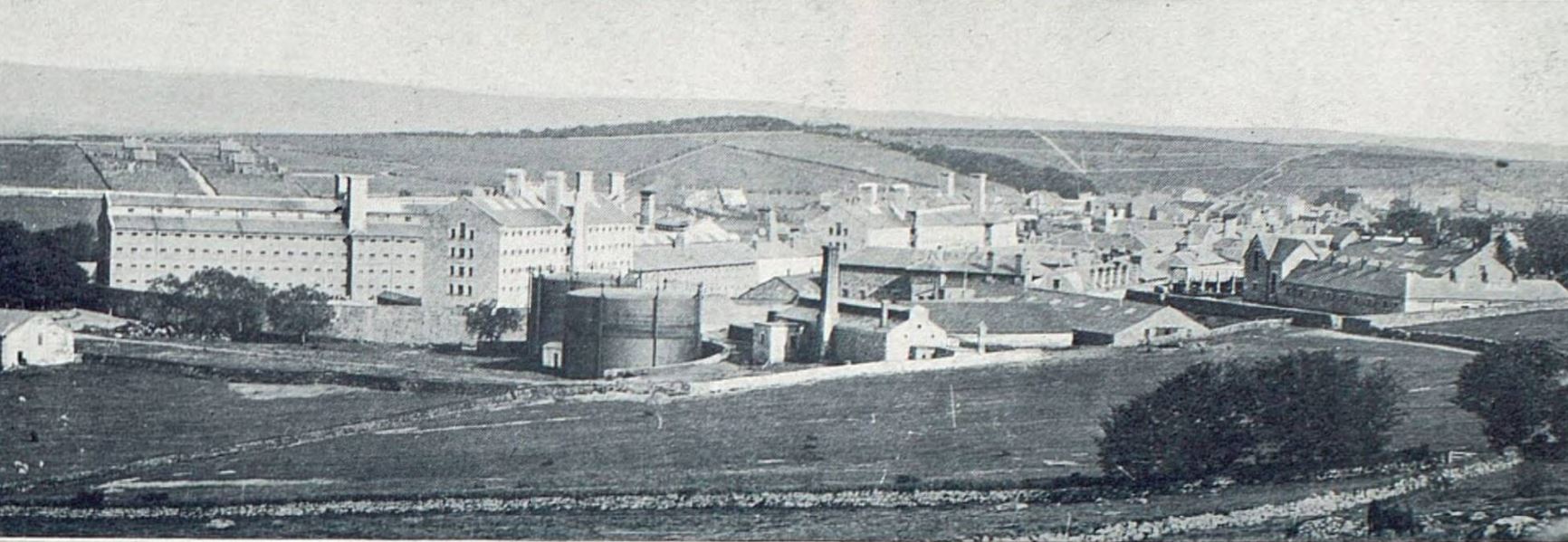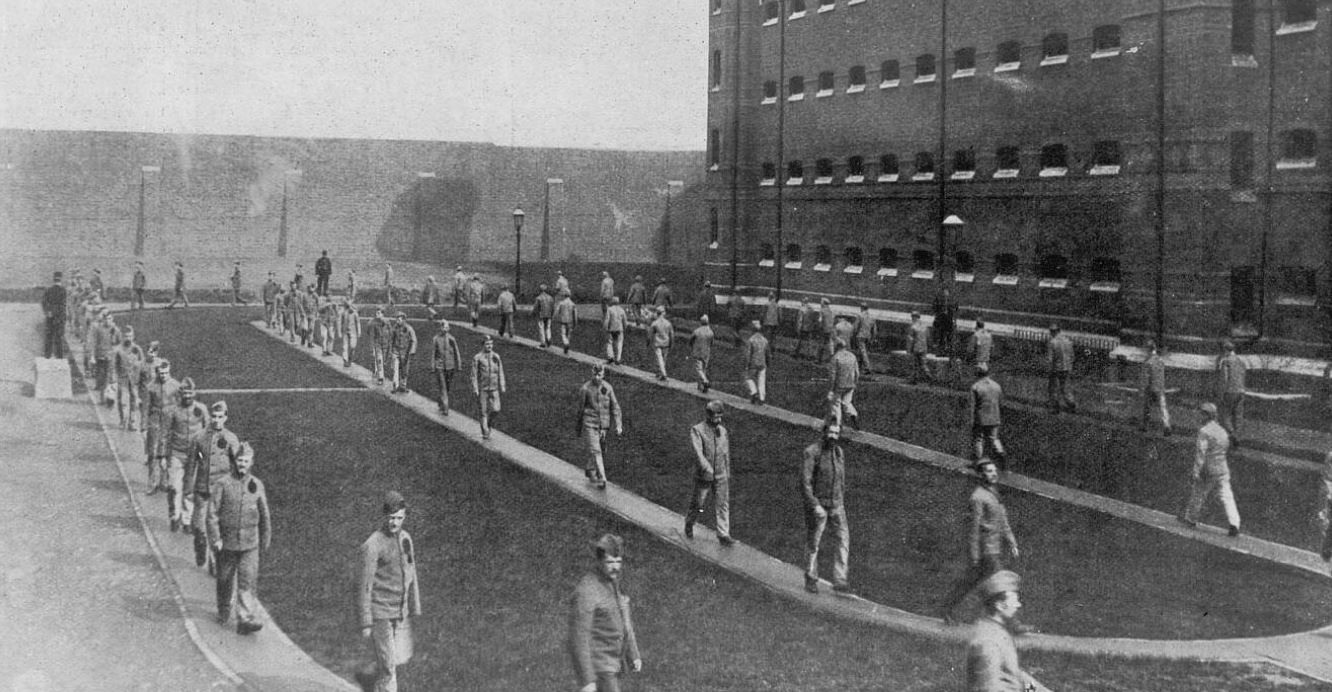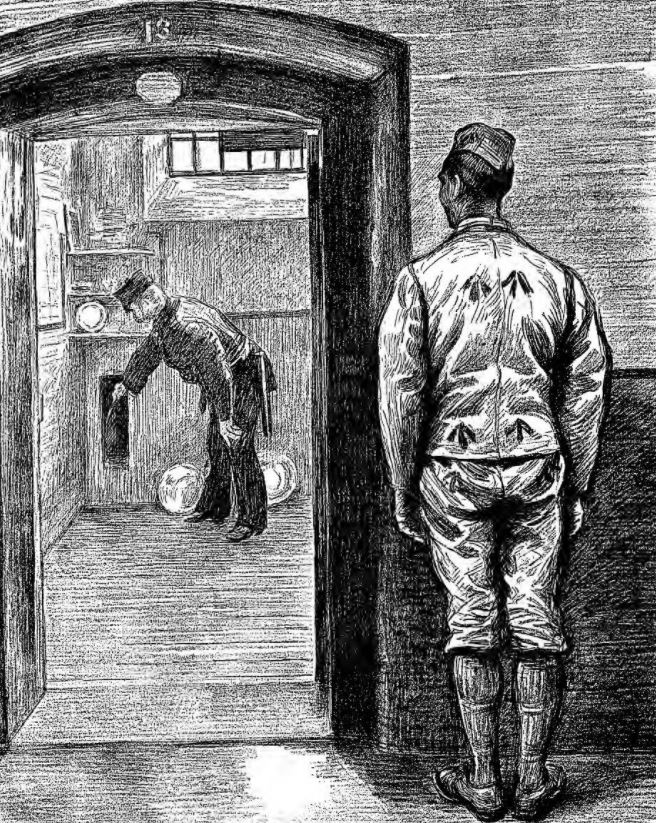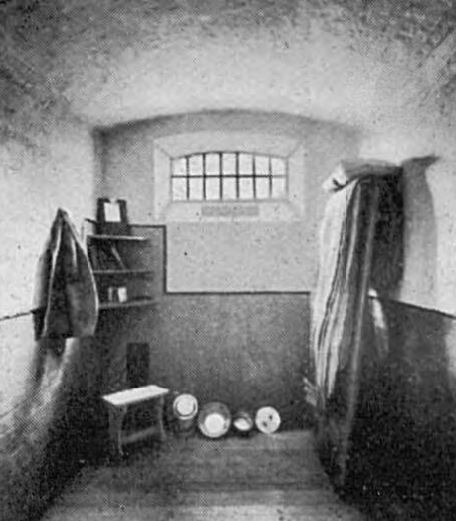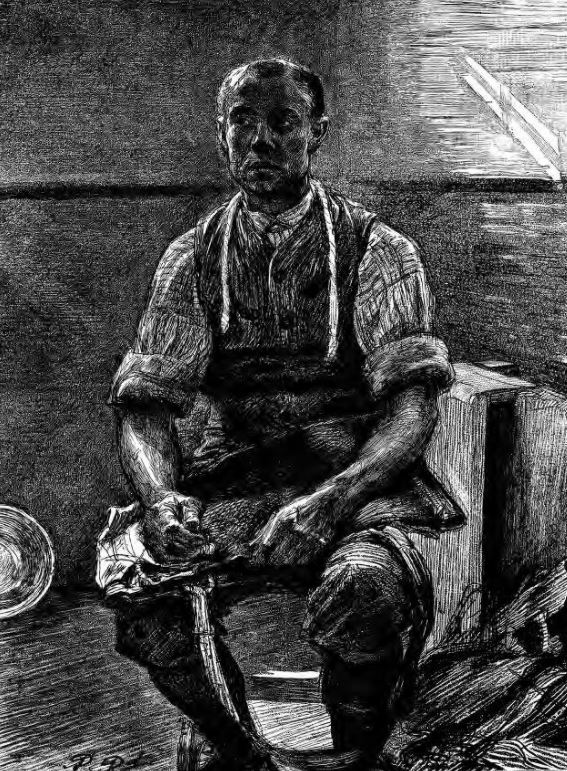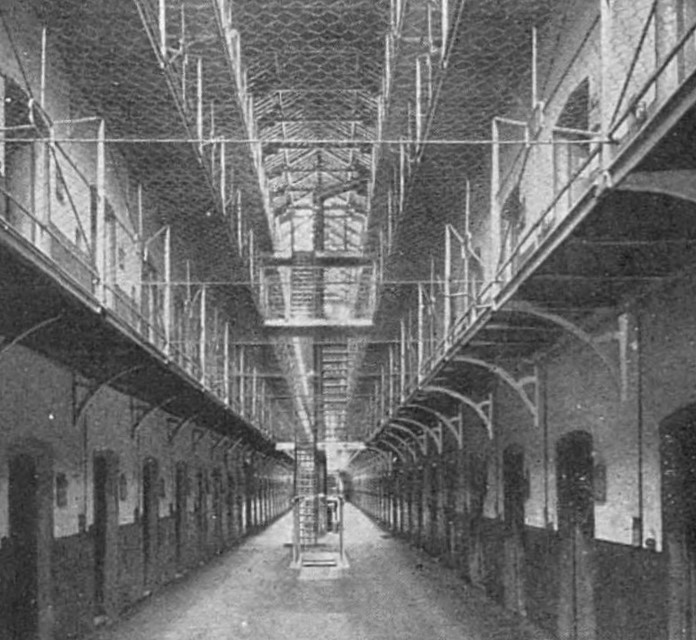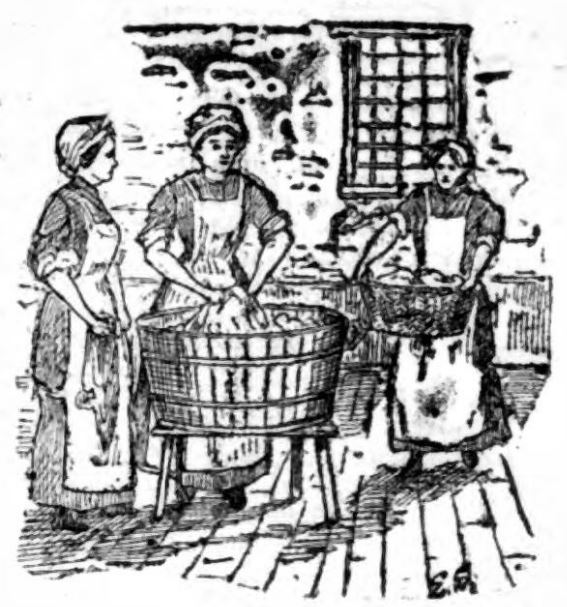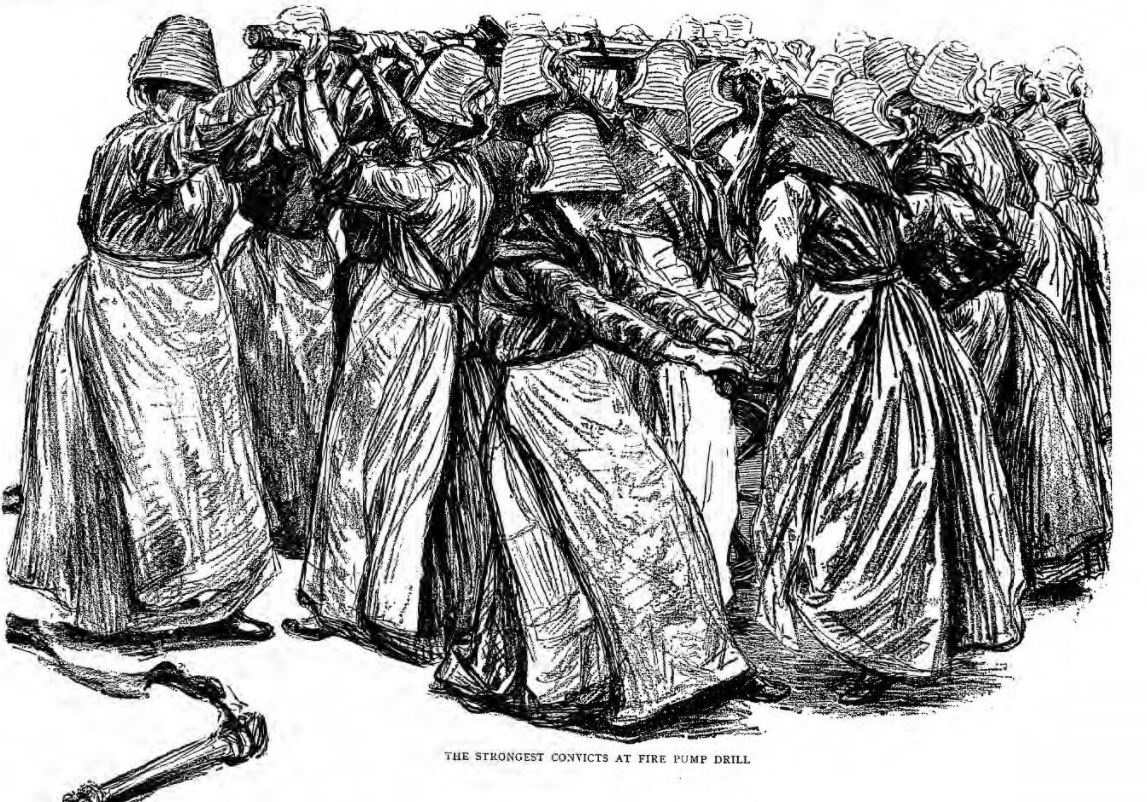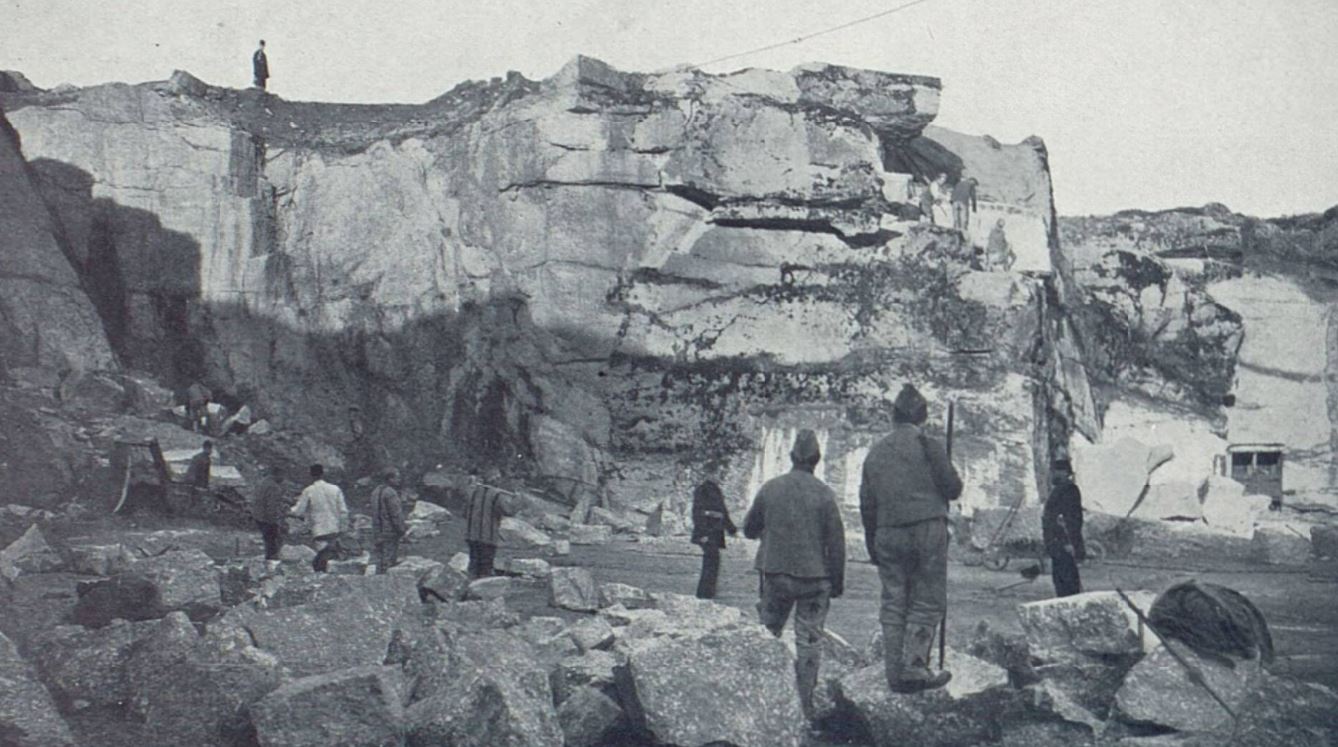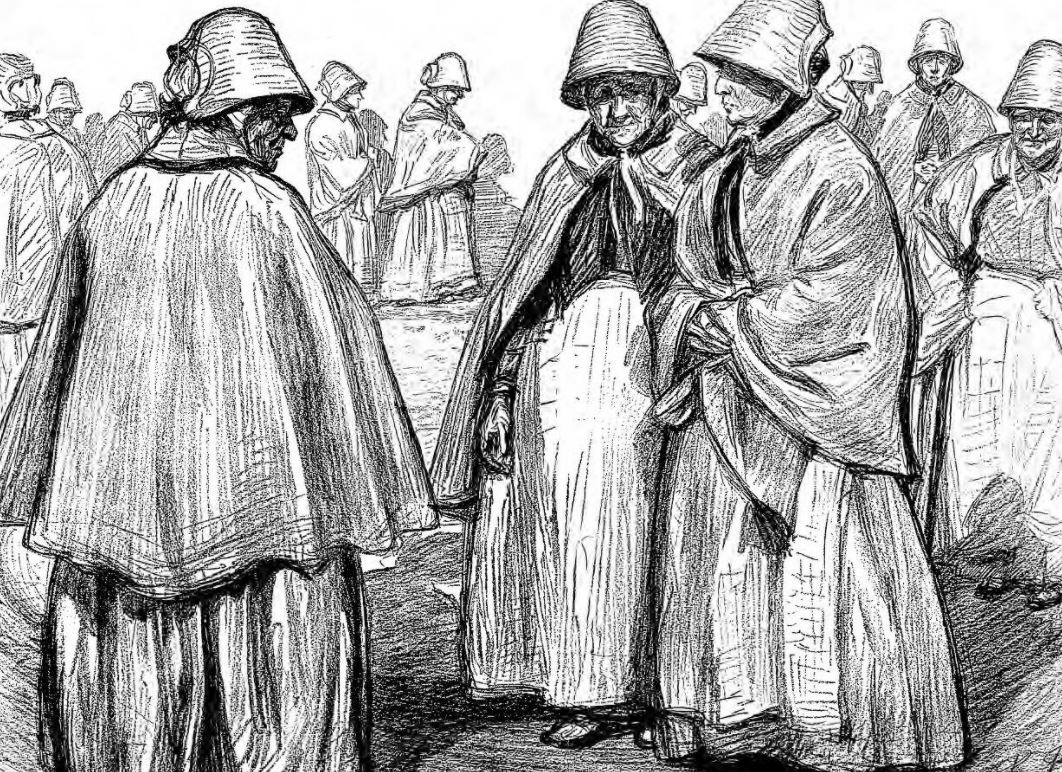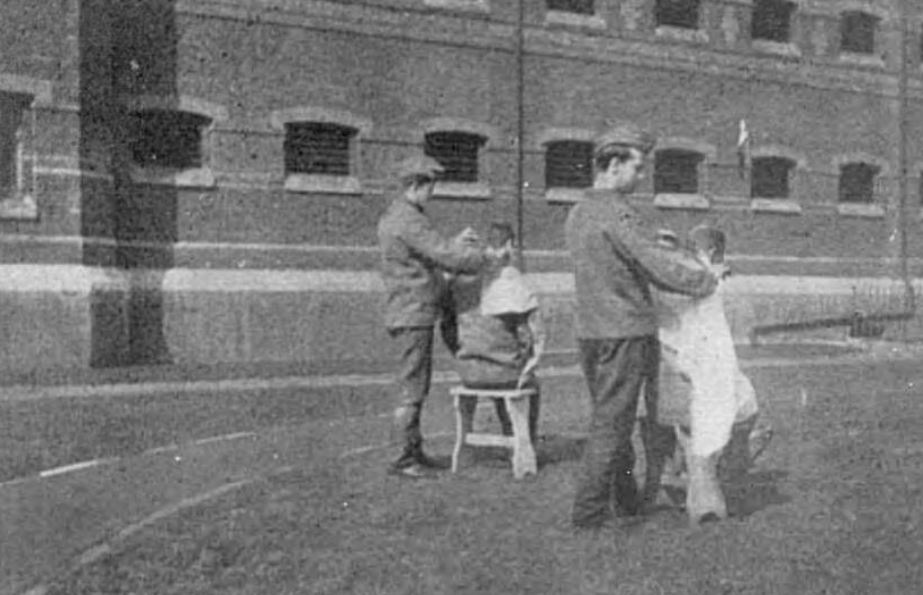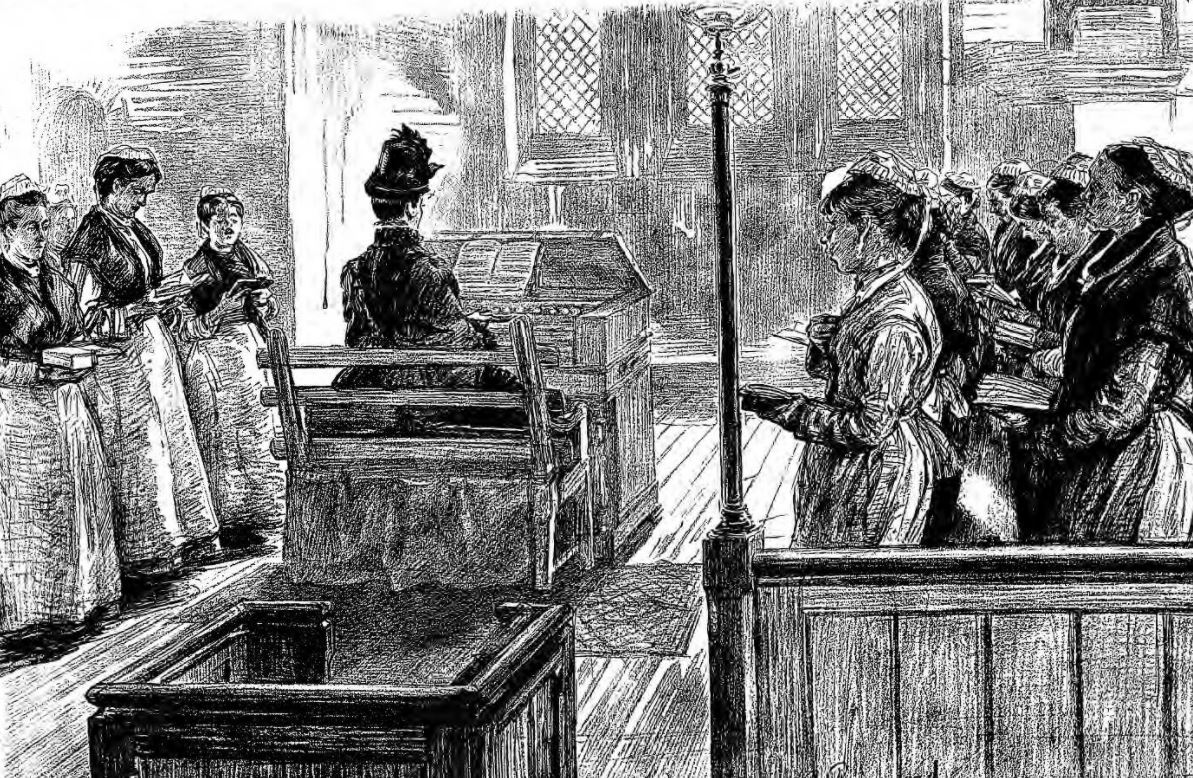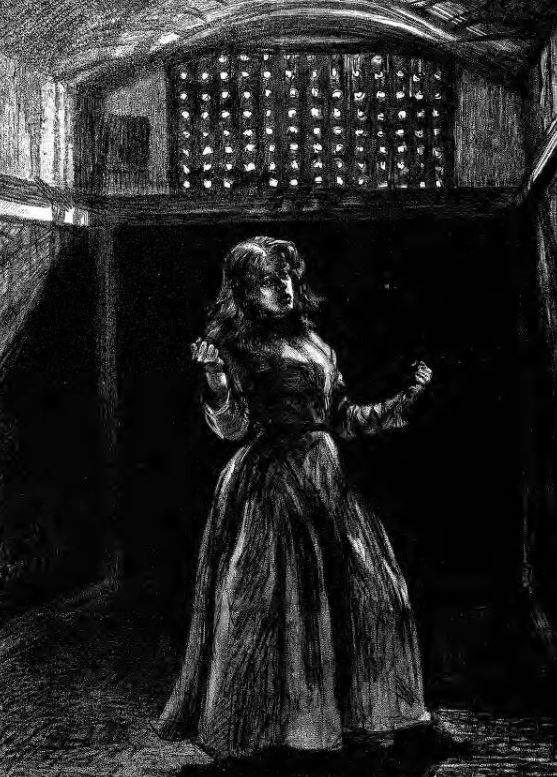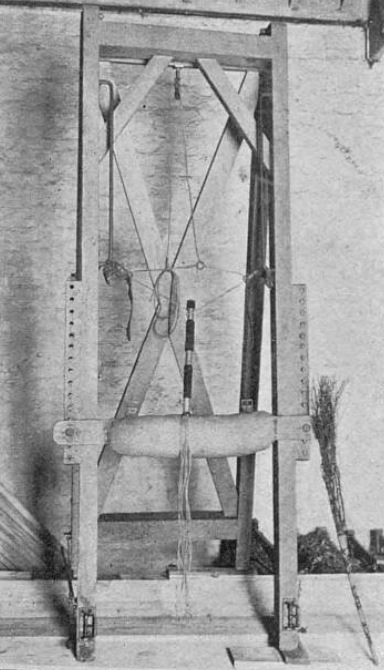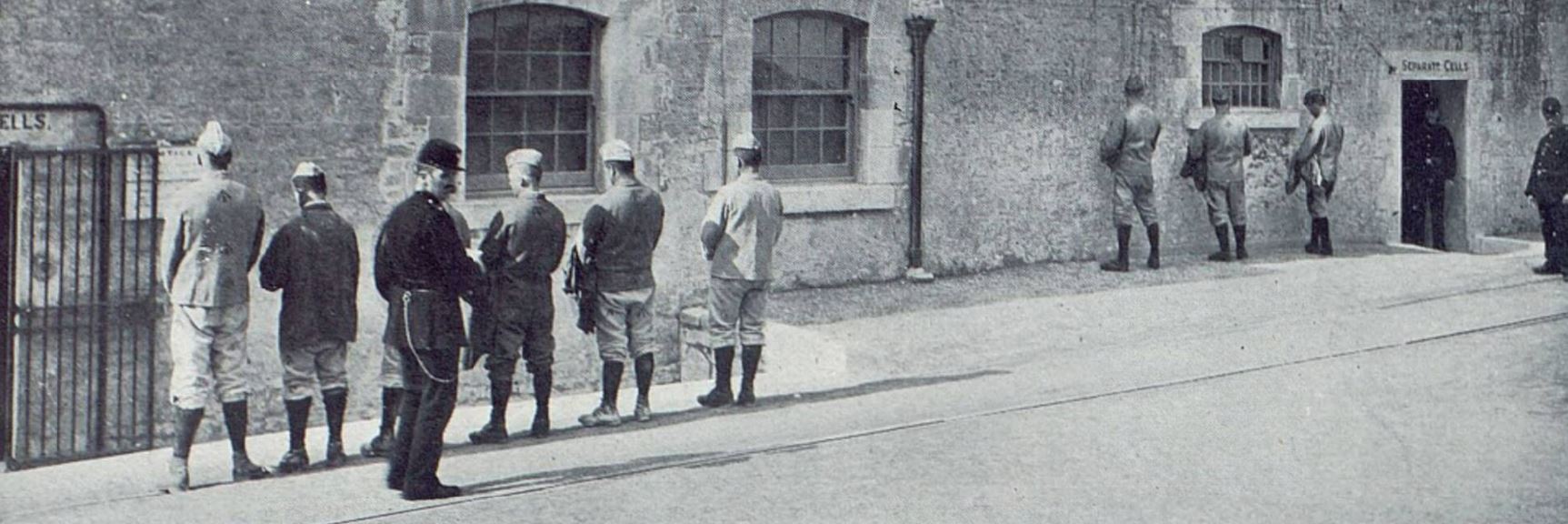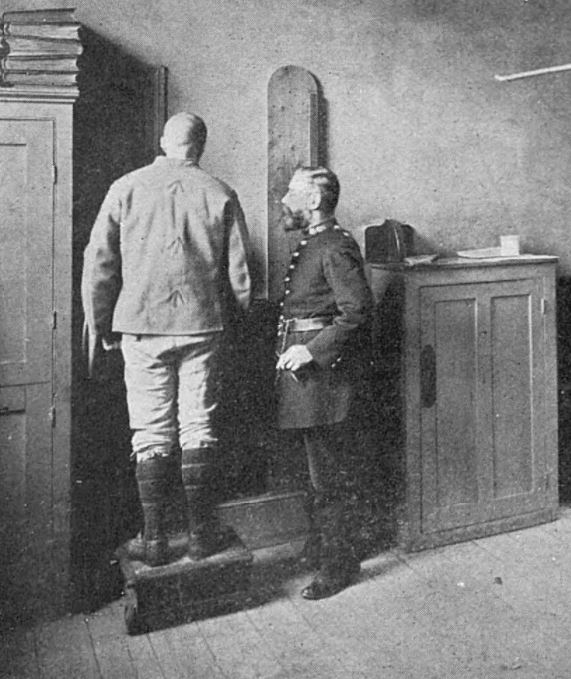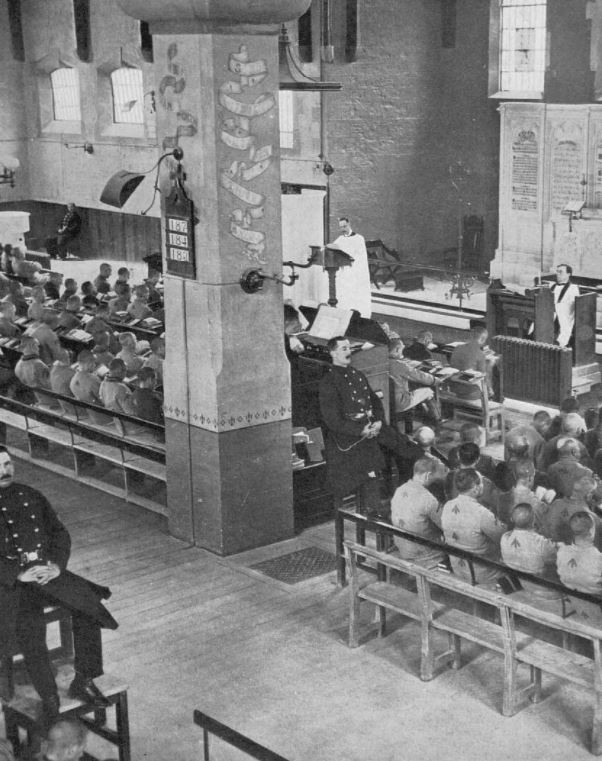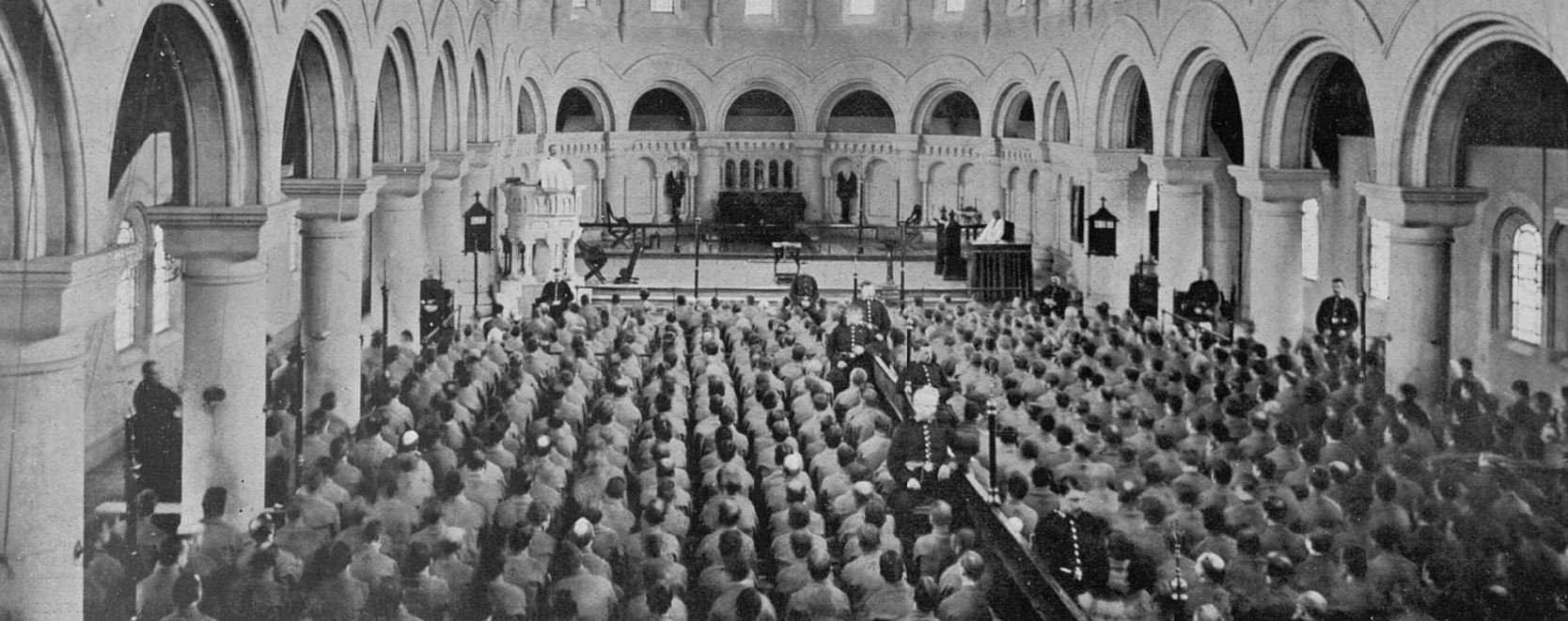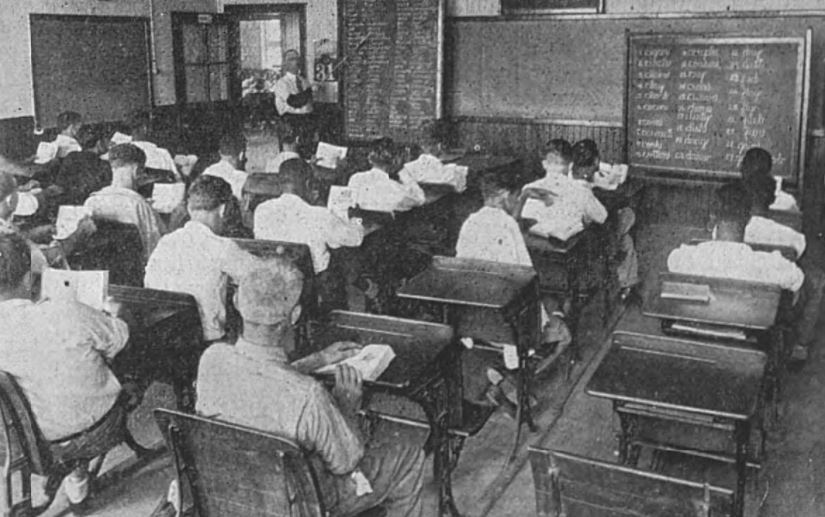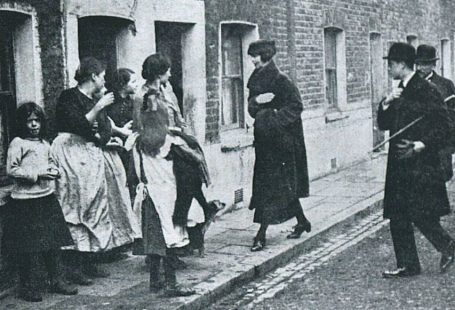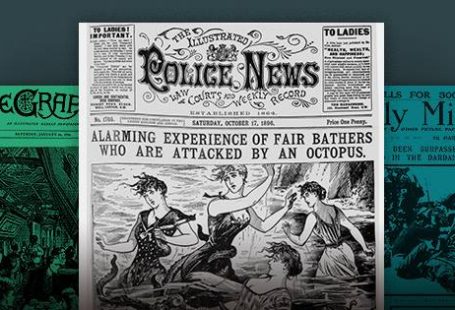Following on from our look at life on board the prison hulks of the eighteenth and nineteenth centuries, in this special blog we are going to take a look at what life was like behind prison bars over a century ago.
Dartmoor Prison | The Sphere | 10 December 1927
Using our newspapers, we will try to understand what life was like for the men and women sentenced to prison time in the United Kingdom in the late nineteenth and early twentieth centuries: how they lived, how they worked, the relationships they formed, and the further punishments they might have suffered.
Want to learn more? Register now and explore The Archive
Wormwood Scrubs and Woking Female Prison
In order to take an in depth look at what life was like for the men and women serving time in Britain’s prisons of the past, we will be focusing on men’s prison Wormwood Scrubs, West London, and Woking Female Prison, Surrey, with some further insights from notorious Devon prison Dartmoor.
The Sphere, 20 April 1907, tells of how Wormwood Scrubs was ‘the most recently erected prison in England,’ some having labelled it as ‘the finest specimen of penal architecture in England.’ The prison itself was built by convicts with granite sourced from Dartmoor, and it contained 1,381 cells enclosed by an 18 foot high wall. Covering just over 15 acres, Wormwood Scrubs was opened in 1874.
Prisoners Exercise in the Yard at Wormwood Scrubs | The Sphere | 20 April 1907
Woking Female Prison, meanwhile, was the first purpose built female convict prison in Britain. In 1889, writer F.W. Robinson produced a series of articles on both Woking and Wormwood Scrubs for the The Graphic, and he labelled the former as a ‘colony of wasted lives and dead hopes.’
When Robinson visited Woking, the prison population was numbered at 409; however, the facility was ‘constructed to contain 700 women, and it had been in its day overflowing with convicts.’ Woking Female Prison had been built by inmates of Woking Male Prison, and it stood on ‘five acres of ground, and has two-and-a-half acres of land surrounding it, where women do farm-work occasionally.’
But what was life like behind the prison walls of Woking and Wormwood Scrubs? Using F.W. Robinson’s reports, and further testimonies from our newspaper Archive, we will now delve into the daily lives of prisoners past.
‘Brightness and Lightness’
On 19 October 1889 The Graphic published F.W. Robinson’s account of ‘Convict Life at Wormwood Scrubs.’ In it, he gives an intricate description of the cells that prisoners were confined to, Wormwood Scrubs on the whole being a ‘cleverly-constructed and well-thought-out piece of work:’
Each cell has its outlet for foul air and its inlet for fresh warmed air. The ventilation seems perfect. A cell is some ten feet in width and thirteen feet in length, and there is plenty of breathing space for the captive. Each cell is furnished with a plank bed, a set of shelves for his Bible and Testament, his book from the prison library, and his pint tin, a fixed table and stool, and a bell-push to the right of the door, should there be any necessity – as in the event of illness – for the prisoner to summon the officer on duty in the ward.
The cells in Wormwood Scrubs were built to a new design, ‘arranged parallel with one another,’ giving, in the author’s opinion, a ‘brightness and lightness…not frequently met with in a convict prison at all.’
A prisoner’s cell at Wormwood Scrubs | The Graphic | 19 October 1889
This was substantiated by prison administrator Major-General Sir Edmund du Cane:
‘All the cells…have sunlight in them at some time of the day. There are no dank, dark courts and corners, as there must necessarily be on the radiating plan, and the cell windows of one block do not overlook the yard attached to another block.’
Cell at Wormwood Scrubs | The Sphere | 30 April 1907
It was to these cells that a prisoner was ‘relegated exclusively‘ during his first nine months of imprisonment. For the Chaplin of Wormwood Scrubs, this represented a time like no other when a prisoner would be more ‘amenable to good influence.’ The Chaplin told Robinson:
The isolation and consequent freedom from contamination give abundant time for reflection, and prepare the way for kindly counsel and religious instruction.
A prisoner at work in his cell at Wormwood Scrubs | The Graphic | 19 October 1889
Indeed, the Chaplin advocated the benefits of ‘Spontaneous cellular visitation’ in ministering to his condemned flock.
But some twenty years later, in an article entitled ‘The Case for Prison Reform,’ published by The Bystander on 1 May 1907, prisoners are described as being ‘Caged Like Wild Beasts’ at Wormwood Scrubs. The ‘grille arrangement…to prevent suicidally inclined prisoners from throwing themselves over the rail,’ is highlighted by the publication.
‘Caged Like Wild Beasts’ – a gallery and corridor at Wormwood Scrubs | The Bystander | 1 May 1907
Working Life
Whilst confined behind bars, both male and female prisoners were put to work in a variety of ways. At Woking Female Prison, Robinson observes the women ‘busy at twine-making,’ and the ‘imposing scene’ at the tailors’ room, where the women were working ‘very industrially.’
Laundry at Woking Prison | Bridport News | 2 October 1892
There had been some aspects of work unsuccessfully applied, however, at Woking, as Robinson in his 7 September 1889 article for The Graphic tells us. Some women had been taught the art of mosaic making, but it had been ‘lately given up as a failure,’ as:
It was found that a woman who had been taught this trade had no opportunity, or scarcely any opportunity, of earning a livelihood afterwards in the world, mosaic workers being few, and old, regular hands were preferred.
But the women prisoners at Woking were put to work in a variety of other ways. Asphalting was one – the women taking ‘readily to this novelty‘ – meaning that ‘the visitor finds every open space well asphalted in Woking Prison now.’
Twine-making was another, and it was proving a popular form of employment, although there was ‘no conversation allowed during working hours.’ This twine-making produced string for the Post Office and other ‘Government offices.’
Finally, inmates at Woking Female Prison could be put to the water pumps. Restricted to the ‘stronger portion’ of the prisoners, the fire-engine was worked with ‘considerable skill and vigour,’ according to Robinson.
‘The Strongest Convicts at Fire Pump Drill’ – The Graphic | 7 September 1889
But what about their contemporaries at Wormwood Scrubs? In what sort of work were they engaged? Similarly to the twine-making enacted at Woking, Robinson in October 1889 tells of how Wormwood Scrubs inmates were put to making ‘coal-sacks and bags for the Admiralty.’
A favourite work posting at Wormwood Scrubs was the bakery, where prisoners went about ‘their allotted tasks with quickness and precision.’ Meanwhile The Bystander in 1907 tells of how tailoring at the prison was a ‘popular brand of servitude.’
In the bakehouse at Wormwood Scrubs | The Bystander | 1 May 1907
Work at Dartmoor Prison was harder, however. The Sphere, 10 December 1927, pictures the quarry at Dartmoor Prison, describing it as a scene of ‘Broken Stones and Broken Hearts.’ It relates how ‘Quarrying is hard but healthy work, and is a feature of many gaols, notably Portland.’
‘Broken stones and broken hearts’ – the quarry at Dartmoor Prison | The Sphere | 10 December 1927
Convicts at Dartmoor also had the opportunity to work in the sheep-pens and the carpenters’ shop. Young convicts at the Devon prison also received ‘instruction,’ making them upon their release ‘more fitted to be useful citizens than before.’
Dress in Prison
How did the convicts of Woking and Wormwood Scrubs dress? F.W. Robinson, in his 7 September 1889 article for The Graphic, tells of how ‘There is a considerable thought as to dress in the prison…as befits a lady’s establishment.’
He writes how ‘Each class has a different style of costume – which is very necessary even for purposes of identification – and there are five classes in all at Woking Prison.’ The classes corresponded to the length of time an inmate had been in the prison, and their clothing can be broken down as follows:
- PROBATION CLASS (First Nine Months) – summer wear – ‘lilac cotton skirt, with blouse bodice, a square of serge for the shoulders, a checked blue and white apron, small linen cap with goffered border, and a plain untrimmed coarse white straw bonnet of what is termed the ‘cottage shape.’ Winter wear – ‘the lilac dress is replaced by thick blue serge, with a neckerchief of the same material, and a thick fawn-coloured circular cape is also allowed for the shoulders.’
- THIRD CLASS (Second Nine Months) – summer wear – ‘a plain blue cotton skirt with stripes, and a square of brown serge for the shoulders.’ The same white bonnet of the probation class is worn. Winter wear – brown serge dresses and fawn-coloured capes.
- SECOND CLASS (Third Nine Months) – summer wear – ‘a full blue cotton skirt with white spots, a blouse-bodice of the same material, and a square of thick green serge for the shoulders.’ Winter wear – ‘a thick green serge gown, the other details of dress being the same as the preceding class.’
- FIRST CLASS (Fourth Nine Months) – summer and winter wear has ‘little or any distinction from the second class.’
- SPECIAL CLASS (Nine Months until Release) – summer & winter wear – ‘a Princess robe of dark grey striped flannel, a cap of cross-bar muslin, with goffered border and broad muslin strings.’
Female convicts exercising at Woking | The Graphic | 31 August 1889
Robinson tells of how ‘these little advantages and signs of progress are dependent…upon the good conduct of the prisoners, who are very proud of distinguishing marks and higher grades of service, and do their best, as a rule, to secure them.’
Indeed, prisoners at Woking Female Prison could be very discerning. Robinson records the outrage felt upon the introduction of new shawls at the institution:
‘Look at these shawls,’ was said once by an indignant prisoner upon a new style of shawl being introduced into the service, ‘do they take us for those poor workhouse wretches, I should like to know!’
Meanwhile, prisoners at Wormwood Scrubs were also subject to a similar class system. In his 19 October 1889 article, Robinson tells of how men who did not appear to have been previously convicted belonged to the ‘star class,’ and had to wear ‘a star upon his arm significant of the fact.’
Hairstyles too were regulated at Wormwood Scrubs. The Bystander, 1 May 1907, pictures the prison barbers at work:
Prisoners are operated on once a week by the barbers – themselves convicts – the hair on the head being clipped to a regulation 1/8 inch, and that on the face to about 1/10.
‘A Hair-Cut at the Scrubs’ | The Bystander | 1 May 1907
‘Odd Fancies’
In his 31 August 1889 article on Woking Female Prison, F.W. Robinson describes the sometimes volatile, sometimes romantic, relationships between the female prisoners, without realising the significance of their contribution to LGBTQ history.
He writes of how:
…the odd fancies which one woman takes for another are still prevalent, and are one of the chief causes of dispute and insubordination. Prison ‘stiffs,’ i.e. communications of a loving tendency, pass from hand to hand till they reach the person for whom it is intended, and odd and ingenious are still the means by which they correspond. Failing ink or a fly-leaf from the library books, a woman will secure at times a scrap of brown paper from the work-room or elsewhere, and prick with a pin on it all that she has to communicate. Ingenuity can hardly further go.
The subtext here is that female prison inmates were having romantic relationships with one another – deemed to be ‘odd fancies’ by the author. And prison ‘stiffs’ are what we know as ‘kites’ today, a term which came to be used from the 1920s onwards.
A service at Woking Female Prison’s chapel | The Graphic | 31 August 1889
Fallings-out were common amongst the prisoners at Woking Female Prison, Robinson rather reductively commenting how ‘Women are fickle and changeable in their affections, even in prison.’ And the locus of these fallings-out were often centred upon the chapel, for as The Sphere observes in 1907, the chapel represented a ‘break in the daily monotony’ due to the ‘opportunity for surreptitious conversation.’
In the chapel at Woking, ”stiffs’ are circulating from hand to hand,’ with ‘lip language – the silent conversations in which many of these women are great adepts’ also prevalent. One can vividly imagine the scene.
Furthermore, Robinson goes on to describe how:
It was no uncommon experience for an aggrieved woman who has been presented with a lock of hair at some point or other in her prison career, to take this lock from her pocket, most frequently in church, hold it up derisively to her who, in the first instance, had presented it, and affect to wipe her nose with it. Salt sprinkled on a lock of hair returned to the donor is always considered the most grievous and intolerable of insults, and it would lead to much extravagance of action, even to murder, should the chance present itself when the passions of these wild creatures are aroused.
Crime and Punishment
And so in the event of misbehaviour, how were the men and women of Woking and Wormwood Scrubs to be punished?
Well, when F.W. Robinson visited Woking he found the punishment cells empty, but was shown a ‘hideous-looking article,’ a straight-jacket, thankfully ‘blue-mouldy from disuse.’
On 7 September 1889 he wrote about his visit to the punishment cells, which were ‘lined completely with coir matting,’ which padded the walls so ‘the woman can do pretty well as she likes, and without much hurt or harm to herself.’ However, some prisoners were more than a match for their padded cells:
…one Maria Copes, succeeding in tearing down the whole of the stuffing in the course of the night, and being triumphantly seated in the midst of the ruin she had made the next time the ward officer looked in upon her.
A poor ‘refractory’ soul pictured in one of the padded cells | The Graphic | 7 September 1889
Also at Woking was another punishment cell far away from the rest:
Here is stowed away the female convict who will not keep quiet – whose ravings, or whose ribald songs, or whose profane and violent language would keep a whole ward restless were she in the ordinary cells set apart for punishment. Into this desolate apartment – for it is a stone room rather than a cell – the noisy and violent refractory is bundled, under certain circumstances, and left to her own resources in a place where her screams and oaths can in no wise affect her contemporaries.
Robinson also visited the punishment cells at Wormwood Scrubs:
There does not appear any startling difference between these punishment cells and the usual cell in which the convict passes his hours of leisure. There is a less amount of furniture and a less amount of light, which filters through a grating in the upper corner, and here will be given no books to read, and no meat or soup when dinner-time comes around.
The ‘flogging triangle’ at Wormwood Scrubs | The Bystander | 1 May 1907
However, The Bystander,1 May 1907, gives a glimpse of the more brutal punishments enacted at the Scrubs:
The ‘triangle’ – painfully suggestive of the guillotine – to which prisoners guilty of crimes of violence are bound while suffering flogging with the cat or the birch.
Meanwhile at Dartmoor, prisoners would be sent to the ‘Separate Cells’ for punishment, as The Sphere in 1927 relates.
Mutiny!
On 30 April 1907 The Sphere reports how:
Wormwood Scrubs has been very much in the public eye lately owing to the recurrence of something like mutiny on the part of the convicts there.
The cause of the mutiny appears to be unclear, little information being made available to the press. What was observed, however, was a ‘convict who escaped to the roof…and played monkey tricks before a large crowd,’ thus giving a ‘wide advertisement to the spirit of disorder.’
It was speculated that the cause of the mutiny was the food served at the prison. The Bystander, 1 May 1907, details the daily diet of a Wormwood Scrubs inmate:
Breakfast, 8 oz. bread and 1 pint of gruel. Dinner, 5 oz. meat (varied), 16 oz. potatoes, and 8 oz. bread. Supper, 8 oz. bread and 1 pint of cocoa.
The Bystander comments how ‘The absence of green food is, on grounds of health, the chief objection to the diet.’ Meanwhile, Lord William Nevill’s experience in prison, as detailed in his book Penal Servitude, saw his weight drop from 12 stone to 9 stone 10 pounds during the course of his incarceration.
Weighing prisoners at Wormwood Scrubs | The Bystander | 1 May 1907
Mutiny of a more serious character, however, was brewing in Dartmoor by 1932. The Sphere, 30 January 1932, reports how:
The world was astonished to hear that mutiny on a scale unprecedented in British prison history had broken out at Dartmoor last weekend. Trouble had been brewing for some time, but it broke into open and violent rebellion…
The Dartmoor Prison chapel, where the trouble started | The Sphere | 30 January 1932
The trouble had begun in that locus of prison drama, the chapel:
The padre, the Rev. E.F.P. Scholes, states that he heard the order ‘Return to cells,’ given; the majority of the convicts were in the actual course of obeying the command, when one group proved recalcitrant and drew the majority of the other convicts to their side.
The governor, Mr. S.N. Roberts was attacked, alongside some of the prison warders, a portion of the prison was set on fire, with prison documents destroyed. The cause of the mutiny? Well, according to The Sphere it was not due to ‘complaints as to the quality of the food,’ rather being a plot by ‘criminal and Communist agencies outside of the prison.’
The mutiny at Dartmoor was eventually brought under control by the ‘efficiency and heroism of the Plymouth police.’
‘We Shall See Them Again’
Reflecting on Woking Female Prison, F.W. Robinson writes in September 1889:
Prison may even have its comforts for some of these misguided victims, for they return again and again to its shelter or its shadow, and there are times when a decided reluctance to quit the premises has been evinced – generally by the elder prisoners – the poor prisoners who are past work and have nowhere to go, who do not, in the darkness lying ahead of them, quite see which is the way.
Indeed, he tells a story of an old woman, who begged and begged to stay in prison as her release date approached. Having to be ‘removed almost by force,’ she promptly reoffended by stealing some oranges. For some, prison represented a safe place where one could be clothed and fed, not luxuries afforded to some released inmates on the outside.
Robinson reflects that prison is not such a strong deterrent as it used to be, quoting a Wormwood Scrubs warder’s prophecy: ‘We shall see them again, most of them.’
Robinson is harsher on the male prisoners of Wormwood Scrubs than he is upon the female prisoners of Woking. Looking upon the inmates in the chapel of the West London prison, he writes:
These are verily the children of the night; they have the mark of the beast upon them, distinctly branded in – crime, and nothing but crime from the beginning, and which will last out to the very end, are the lines one reads upon their sin-stamped countenances. One feels that it is well that they are under lock and key, and out of the way of more deserving lives.
The chapel at Wormwood Scrubs | The Sphere | 30 April 1907
Robinson had condemned these men by virtue of their criminality, their criminality, in his opinion, forming part of their appearance and impossible to reform.
But by December 1927, The Sphere observes how ‘The flood of sickly sentimentalism’ has seeped across the Atlantic, promoting prison reform. It describes the conditions at the infamous Sing Sing prison:
…where concerts, lectures, wireless, sport of all kinds, comfortable quarters with running water, and the possibility of obtaining luxuries of various kinds are the rule. Prison is, in fact, somewhat like a strict university, for men are allowed to smoke and talk at their work…
A classroom at Sing Sing | The Graphic | 7 September 1929
Indeed, such talk of reform had led to the idea of demolishing Dartmoor, that old prison which had been built by Napoleonic prisoners of war, ‘lest the ‘cures’ (of crime) perpetrated in its harsh clinic be in truth not only worse than the disease, but a greater crime than that which sent the criminal to conviction.’
And although Woking Female Prison had closed its doors by 1900, Wormwood Scrubs remains open to this day as a Category B men’s local prison, having housed such inmates as Ian Brady, Charles Bronson, Pete Doherty, Lord Alfred Douglas, Dennis Nilsen and Keith Richards. Dartmoor, despite facing calls to be demolished in the 1920s, also remains open as a Category C prison, having housed acid bath murder John George Haigh.
Discover more about prison life in days past by searching the pages of our Archive, or explore our sister site Findmypast’s extensive Crime, Prisons & Punishment collection.


